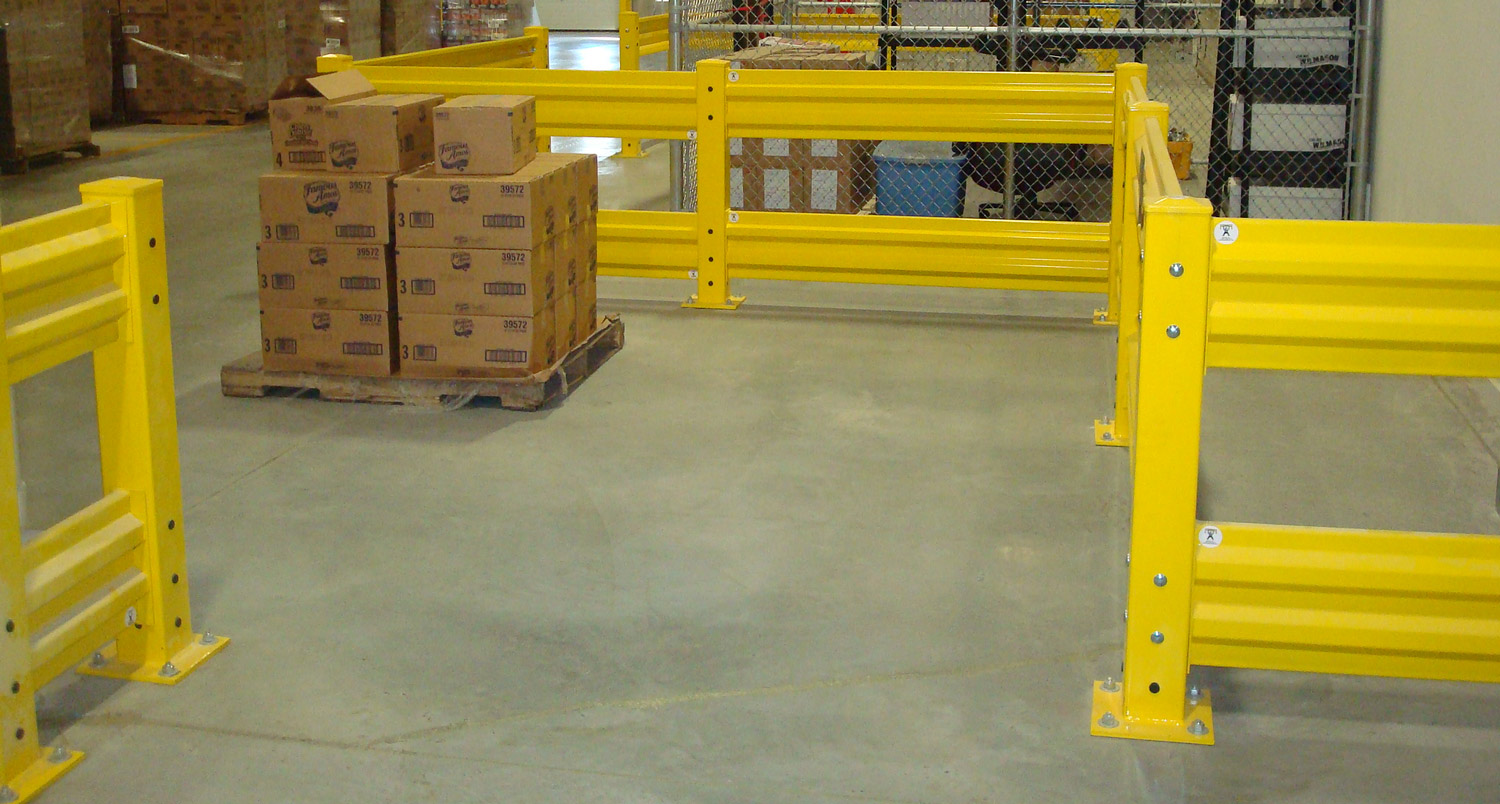In the intricate ecosystem of warehouses and industrial spaces, safety stands as a paramount concern. With bustling activities, heavy machinery, and a constant flow of goods, the risk of accidents looms large. This is where guard rail supplier step in as unsung heroes, silently ensuring the protection of both personnel and property.
Guardrails might not be the most glamorous feature of a warehouse, but their importance cannot be overstated. Let’s delve into why understanding the significance of warehouse guardrails is essential for ensuring a secure and efficient working environment.
Protecting Personnel and Property
First and foremost, warehouse guardrails act as a protective barrier against potential accidents. In busy environments where forklifts, pallet jacks, and other heavy equipment are in constant motion, the risk of collisions is ever-present. Guardrails provide a physical barrier that helps prevent machinery from veering off course and colliding with personnel, storage racks, or structural elements within the warehouse.
By creating designated pathways and delineating work areas, guardrails guide the flow of traffic and help maintain order in bustling environments. This not only reduces the risk of accidents but also enhances operational efficiency by preventing disruptions caused by collisions or obstructions.
Mitigating Financial Losses
Beyond safeguarding personnel, warehouse guardrails also play a crucial role in protecting property and inventory. A single collision with a storage rack or structural column can result in significant damage to both goods and infrastructure. Moreover, the cost of repairing or replacing damaged equipment, inventory, and structural components can quickly escalate, leading to substantial financial losses for the organization.
By installing guardrails strategically throughout the warehouse, businesses can mitigate the risk of costly accidents and minimize the potential for damage to property and inventory. This proactive approach not only safeguards assets but also helps preserve the integrity of the warehouse environment, ensuring smooth operations and minimizing downtime.
Compliance with Regulatory Standards
In addition to the inherent safety benefits, warehouse guardrails also help businesses maintain compliance with regulatory standards and industry best practices. Occupational Safety and Health Administration (OSHA) guidelines and other regulatory frameworks often mandate the implementation of safety measures, including the installation of guardrails in industrial settings.
By adhering to these standards and guidelines, businesses demonstrate their commitment to workplace safety and minimize the risk of penalties or legal liabilities resulting from non-compliance. Moreover, investing in robust safety measures such as guardrails can enhance the organization’s reputation and foster a culture of safety-consciousness among employees.
